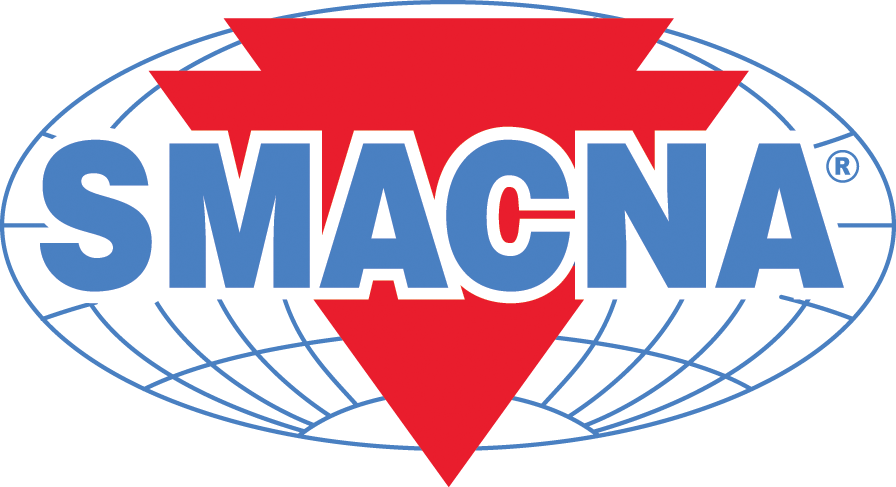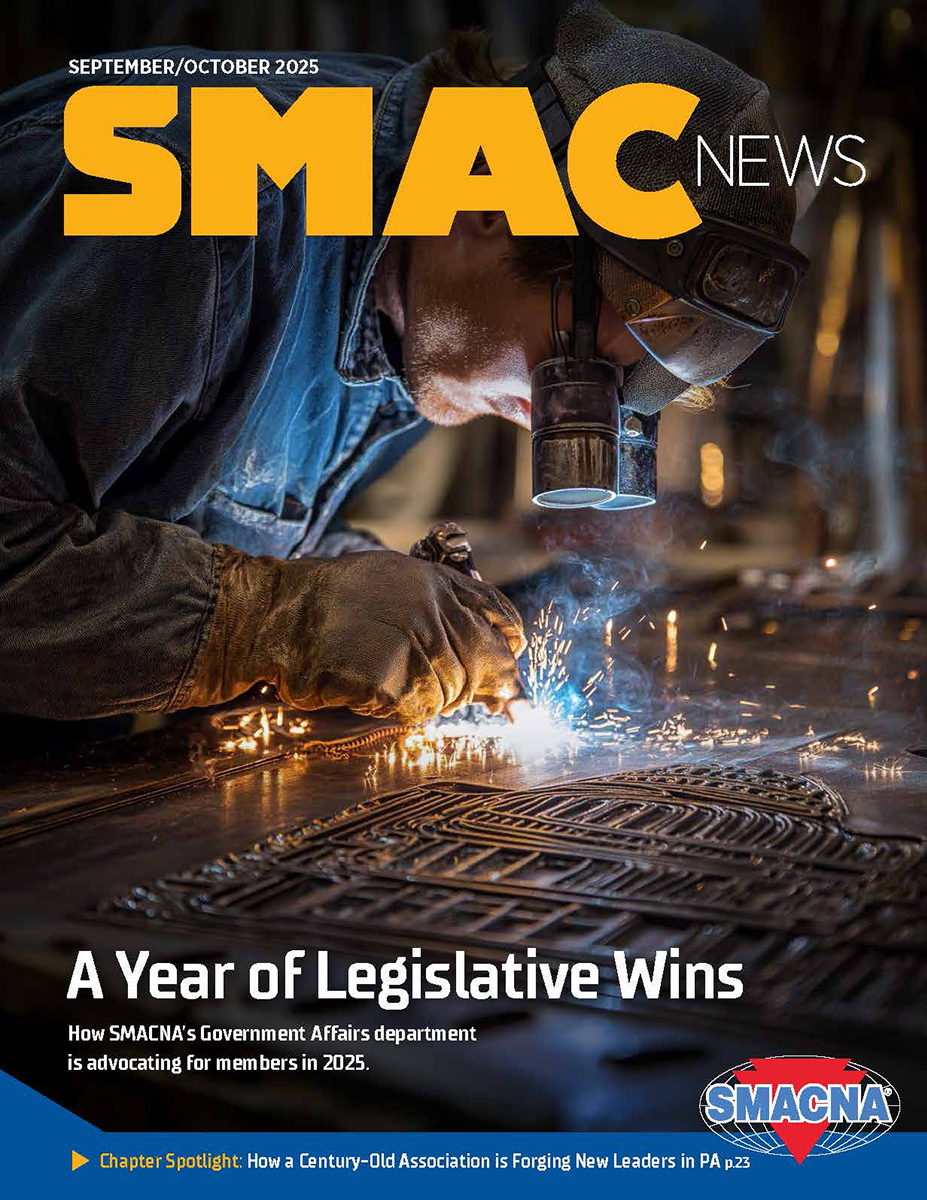Construction Tax Planning Under the One Big Beautiful Bill
The One Big Beautiful Bill Act (OBBBA), a sweeping 2025 tax reform package, introduces wide-ranging changes to federal tax policy. While it may appear broadly applicable across industries, its impact on construction is direct and substantial.
 The legislation introduces targeted opportunities to strengthen cash flow, accelerate growth and reinforce long-term financial strategy, especially with early and informed planning.
The legislation introduces targeted opportunities to strengthen cash flow, accelerate growth and reinforce long-term financial strategy, especially with early and informed planning.
While it does not resolve current industry headwinds, OBBBA introduces tools that can improve financial resilience. Many provisions extend or make permanent key incentives, including depreciation, deductions and rate structures.
Bonus Depreciation and Section 179
OBBBA permanently reinstates 100% bonus depreciation for qualifying property placed in service on or after Jan. 19, 2025, and expands Section 179 expensing to $2.5 million, with a phase-out beginning at $4 million. These deductions offer powerful incentives to preserve liquidity and reinvest in operations. Capitol-intensive businesses should: align capital investment schedules with property placement timelines, account for tariff-driven cost increases and analyze state-level conformity rules to avoid missed benefits.
Construction Income RecognitionOBBBA now allows residential construction contracts to utilize an exempt method, deferring income recognition until substantially complete. Eligibility highlights: residential construction contracts automatically qualify,and other contracts may qualify if the contractor’s average annual gross receipts are under $31 million and the contract is expected to be completed within three years.
Research and Development (R&D) Credits Some construction activities may qualify as R&D. For tax years beginning after Dec. 31, 2024, domestic research and development costs may be immediately deductible. Companies with average gross receipts of under $31 million may amend prior year returns for 2022 through 2024. Larger businesses may not amend prior year returns but may elect to accelerate unamortized costs in 2025 or split them over 2025–2026. Qualifying activities may include: design innovation, engineering refinement and material testing; prefabrication modeling or alternative waterproofing techniques; and process improvements with variable outcomes or technical uncertainty.
Interest Expense Deduction
OBBBA reinstates the EBITDA-based limitation under IRC §163(j), restoring the ability to include depreciation, depletion and amortization when calculating adjusted taxable income.
Qualified Production Property (QPP)
A 100% deduction is now available for Qualified Production Property (QPP), which is a nonresidential building used primarily for domestic manufacturing or fabrication.
SALT Cap and PTET Relief
OBBBA increases the federal SALT deduction cap to $40,000 for individuals who itemize and maintains the federal deductibility of taxes paid under elective Pass-Through Entity Tax (PTET) regimes.
For contractors structured as partnerships or S corporations in high-tax states, this ensures continued access to valuable deductions. Strategic actions include reviewing current PTET election status, reassessing quarterly estimates considering updated caps and coordinating across entities and jurisdictions to maximize benefits.
Estate and Gift Tax Planning
OBBBA makes the $15 million individual ($30 million joint) estate and gift tax exemption permanent, with indexing beginning in 2026. While this provides federal certainty, state-level differences persist.
Recommended planning moves:
Reevaluate estate plans and ownership structure.
Align gifting strategies with current valuations.
- Coordinate with counsel to address state-level nuances.
Exemptions may be fixed, but market conditions and state law require regular review.
For more information, contact Ronald J. Eagar, CPA, CCIFP Partner at Grassi, at reagar@grassiadvisors.com, through www.grassiadvisors.com or at 516-336-2460.
Published: October 21, 2025
IN THIS ISSUE
A Year of Legislative Wins
How SMACNA’s Government Affairs department is advocating for members in 2025.
Big Build, Bigger Challenge
Welsch Heating and Cooling delivers energy efficiency and architectural style on one of St. Louis’s largest residential projects.
Chapter Spotlight: PHILADELPHIA - How a Century-Old Association is Forging New Leaders
SMCA is cultivating young leadership, strengthening labor ties and expanding educational programs to keep Philadelphia’s sheet metal industry strong, sustainable and future-ready.
Construction Tax Planning Under the One Big Beautiful Bill
The One Big Beautiful Bill Act (OBBBA), a sweeping 2025 tax reform package, introduces wide-ranging changes to federal tax policy. While it may appear broadly applicable across industries, its impact on construction is direct and substantial.
Driving Fabrication Innovation
Dynamic Systems thrives by delivering mechanical construction precision through advanced technologies and streamlined digital workflows.
Fifth Circuit Finds NLRB Structure Likely Unconstitutional
On Aug. 19, the U.S. Court of Appeals for the Fifth Circuit halted unfair labor practice proceedings against three employers, most notably SpaceX, before the National Labor Relations Board (NLRB).
How Do Contractors Turn Policy Into Progress?
Contractors and SMACNA staff know advocacy matters. When members get involved, our voices are heard and we shape policies that protect and grow our industry.
How Getting Involved Can Make a Big Difference
SMACNA's President discusses the importance of engaging with lawmakers and reflects on his term.
Latest SMACNA Publications
Explore SMACNA’s latest publications with insights on BIM and IP, practical resources to help contractors improve projects, protect their businesses, and stay ahead.
More Than Just Another Office Project
SMACNA member Dee Cramer was hired to perform HVAC construction on a corporate campus built to harmonize with the environment.
Shining Symbol of Strength
Copper walls by General Sheet Metal define IBEW 48’s hall.
SMACNA’s Legacy of Government Relations
SMACNA's CEO discusses the significant role government relations have always played at SMACNA and details his own interaction with our team on the Hill.
The Majority of SMACNA Members Need a CTO
It’s no secret that our industry has seen a rapid digital transformation over the past two decades. From BIM and ERP systems to robotic layout and cloud project management, today’s contractors and fabricators have access to powerful tools.
Welcome New SMACNA Members


